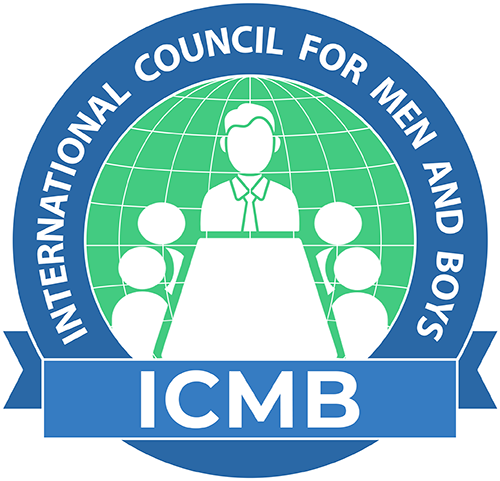PRESS RELEASE
Contact: Henry Herrera
Phone: +1-301-801-0608
Email: info@menandboys.net
The Data Demands Attention: India’s Men and Boys Are Facing Severe Inequalities
July 11, 2025 – India has made gains in addressing gender issues, but a closer look reveals that men and boys are silently facing some of the most severe challenges in health, violence, and poverty.
Health:
Men in India die younger than women—70.52 years vs. 73.6—and adult mortality is alarmingly higher: 177.9 deaths per 1,000 men vs. 122 for women (1)(2).
Child Labor:
India has 10.1 million child laborers—5.6 million boys and 4.5 million girls—exposing a massive hurdle in safeguarding childhood and education access for all (3).
Homicide:
In 2022, 70% of murder victims were men, according to NCRB. Nearly all were adults (95.4%) (4).
Suicide:
Each year between 2015–2022, over 101,000 men died by suicide—more than double the 43,000 women. The male suicide rate is 14.2 per 100,000 vs. 6.6 for females (5).
Intimate Partner Violence:
Over 30% of women report IPV in India (6), but 52.4% of men in rural Haryana also report being abused—mostly psychological—challenging gender assumptions about who suffers in silence (7).
Homelessness:
There are over 1 million homeless men in India, compared to 726,000 women. Among the houseless, there are 694 women for every 1,000 men (8).
Workplace:
In 2017, Delhi recorded 1,080 construction injuries—1,043 involved men. Men faced an injury rate nearly twice that of women, bearing the bulk of occupational risk (9).
Conclusion:
India cannot achieve true gender equality without addressing these critical and overlooked disparities faced by its men and boys.
The International Council for Men and Boys is a non-governmental organization that is working to celebrate the contributions of men to society and to end the 12 sex disparities that affect men and boys around the world. Achieving #GenderEqualityForMen also will benefit women. https://www.menandboys.net/
Links:
1.https://countryeconomy.com/demography/life-expectancy/india
2.https://genderdata.worldbank.org/en/indicator/sp-dyn-amrt?gender=male
3. Labour in India – Wikipedia
8. https://en.wikipedia.org/wiki/Gender_inequality_in_India?utm_source=chatgpt.com
